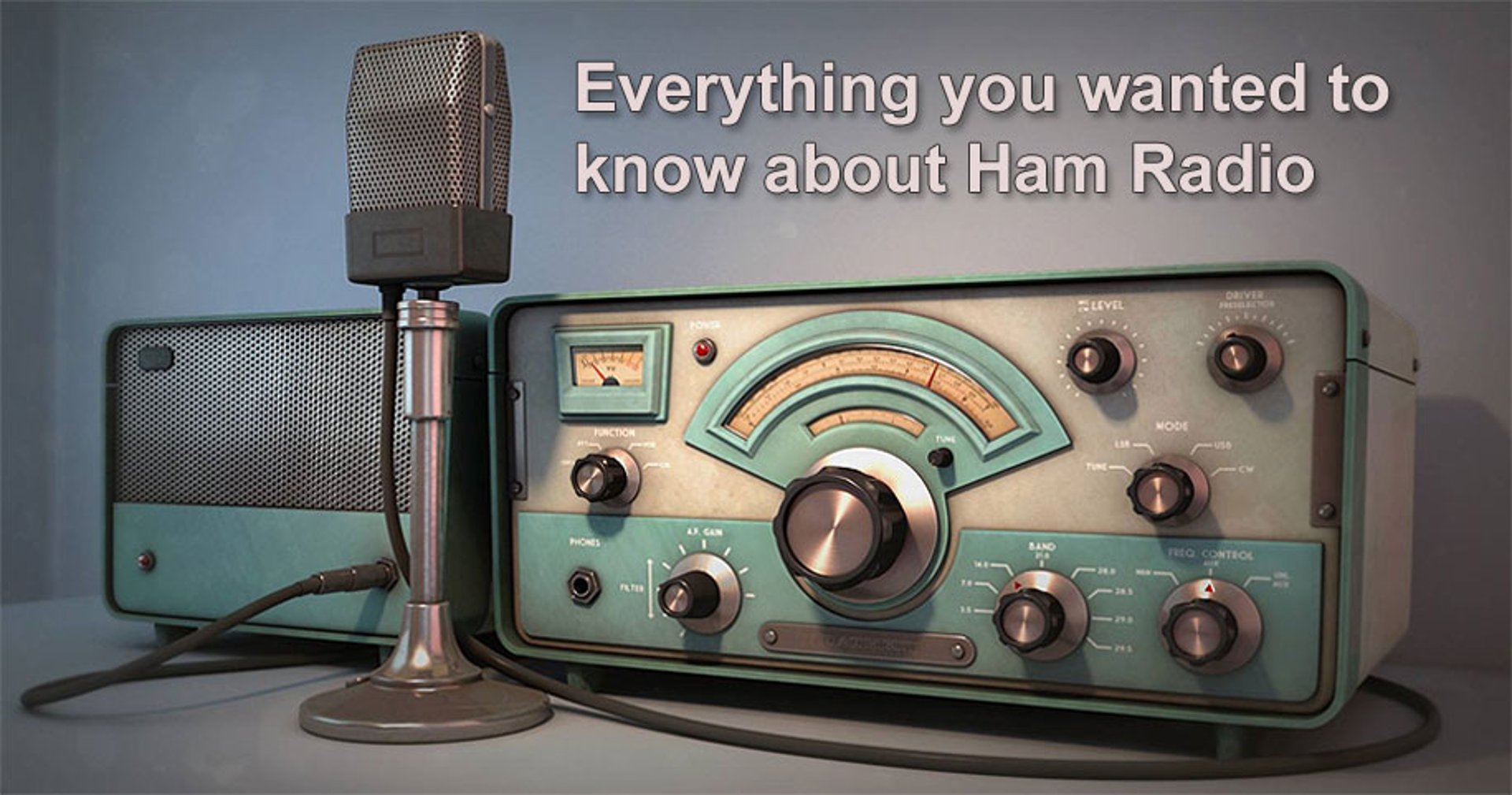
Amateur Radio: The Story of a Passion for Communication
Blog post prepared by ayberk korkmaz.
AYBERK BLOG

Amateur Radio: The Story of a Passion for Communication
Written by: Ayberk Korkmaz (TB7AEK)
To the uninitiated, amateur radio might seem like just a hobby. But in truth, it is a unique realm where technical curiosity meets pure, unfiltered communication — a space where the exchange of knowledge knows no boundaries. For me, this world is more than a gathering of signals across frequencies; it’s a personal journey of learning, testing, and building as an engineer.
How I Discovered Amateur Radio
My journey began at a young age, driven by curiosity about the mysterious world of radio waves. Listening to shortwave broadcasts from distant countries and hearing call signs from far-off places drew me deeper into the world of wireless communication.
Over time, I began to understand the technical foundations — how signals propagate, the importance of proper equipment, and how critical frequency planning really is. This curiosity led me to obtain my amateur radio license in Turkey. With the callsign TB7AEK, I officially became part of a global community.
A Technical Passion
As an Electrical and Electronics Engineer, amateur radio is far more than a way to talk — it’s a living laboratory for experimenting with RF systems, antenna design, modulation techniques, and electromagnetic field theory.
Through countless experiments across HF, VHF, and UHF bands, I’ve built and tested mobile and fixed station setups, each time pushing the limits of efficiency and signal clarity.
Amateur Radio in Emergencies
Given Turkey’s location in a highly seismic zone, the value of alternative communication channels becomes more critical every day. When the internet and mobile networks fail, amateur radio operators step in as a lifeline.
With that responsibility in mind, I stay prepared not only technically, but also ethically — ready to support emergency communication networks when needed.
Embracing Digital Modes and New Technologies
In addition to traditional CW (Morse code) and SSB voice communication, I actively operate using digital modes like FT8, PSK31, and APRS. I also integrate Software Defined Radio (SDR) systems into my amateur radio setup, allowing me to conduct advanced spectrum analysis and monitor station performance digitally.
Why Amateur Radio?
Amateur radio is not just about using a radio legally. It’s a way of life that blends engineering, ethics, community, and continuous learning.
Every successful contact — every QSO — is more than an exchange of signals. It’s a reflection of technical competence, system design, and communication discipline.
Conclusion
Amateur radio continues to be a source of personal growth and community contribution in my life. Every moment on the airwaves is a moment of discovery, education, and responsibility.
On this blog, I will continue to share my experiences in amateur radio — from equipment reviews and antenna setups to technical analysis and field reports.
73!
Ayberk Korkmaz – TB7AEK
www.ayberkkorkmaz.com